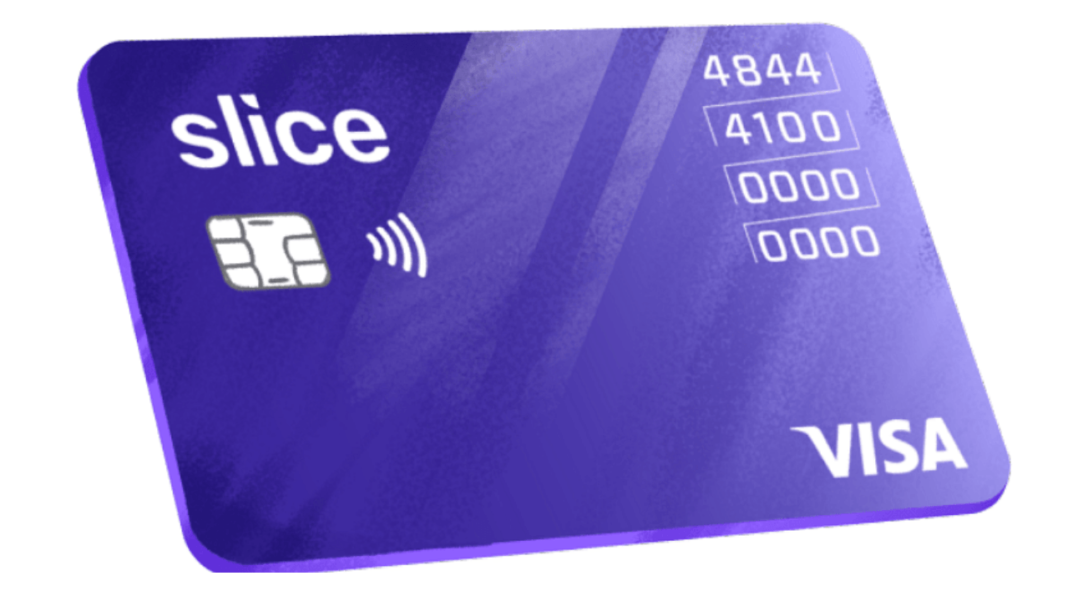Applying for a credit card can be a daunting process, especially if you’re not sure where to start. But with a little research and preparation, it doesn’t have to be. In this article, we’ll walk you through the process of applying for a credit card, step by step. We’ll also provide some tips on what to do before and after you apply, so you can maximize your chances of getting approved and get the most out of your new credit card. So whether you’re looking for your first credit card or trying to rebuild your credit, read on for everything you need to know about applying for a credit card.

What is a credit card?
A credit card is a plastic card that gives the holder a predetermined line of credit with which to make purchases or withdraw cash. Credit cards are issued by banks, credit unions, and other financial institutions. They are typically used to pay for things like gas, groceries, and travel expenses.
How do credit cards work?
Credit cards are one of the most popular ways to pay for purchases and borrow money. But how do they work?
Credit cards are issued by banks or credit card companies and can be used to purchase goods and services or withdraw cash. When you use a credit card, you are borrowing money from the issuer up to a certain limit. You will then need to repay this debt, plus interest and any fees, over a period of time.
The interest rate on credit cards can vary depending on the type of card and the issuer, but is typically quite high. This means that it is important to try to clear your debt each month if possible, so that you don’t end up paying considerable amounts of interest.
Some credit cards also offer rewards such as cashback or air miles, which can make them more attractive to use. However, these rewards usually come with higher interest rates, so it is important to consider whether the benefits are worth the cost.
If you’re thinking of applying for a credit card, it’s important to compare different offers and make sure you understand the terms and conditions before signing up. Remember that missed or late payments can damage your credit rating, so it’s important to keep up with your repayments.
The different types of credit cards
There are many different types of credit cards on the market, each with their own unique benefits and drawbacks. Here is a brief overview of some of the most popular type of credit cards:
1. Rewards Credit Cards: These credit cards offer rewards points for every purchase made, which can be redeemed for cash back, merchandise, or travel. Some rewards cards also offer sign-up bonuses and additional perks such as free checked baggage or priority boarding.
2. Cash Back Credit Cards: As the name suggests, these credit cards give you cash back on your purchases. Some cash back credit cards also offer bonus categories where you can earn even more cash back, such as at grocery stores or gas stations.
3. Balance Transfer Credit Cards: These credit cards allow you to transfer your high-interest debt from other cards to a new card with a lower interest rate. This can save you money on interest charges and help you pay off your debt faster. However, balance transfer credit cards usually have a higher interest rate after the intro period ends, so it’s important to pay off your transferred balance before that happens.
4. 0% APR Credit Cards: These credit cards offer a 0% introductory APR period, which means you won’t accrue any interest on your purchases for a set period of time (usually 12-18 months). This can be helpful if you’re planning a large purchase or need some breathing room to pay off existing debt. Just be sure to make all
How to use a credit card
If you’re new to the world of credit cards, understanding how to use one can be confusing. But don’t worry – we’re here to help! In this section, we’ll walk you through everything you need to know about using a credit card, from swiping your card at the register to making payments on your balance.
First things first: when you use a credit card, you’re borrowing money from a lending institution (usually a bank) and agreeing to repay that debt plus interest and fees. That’s why it’s so important to understand all the terms and conditions of your credit card before using it – otherwise, you could end up in debt that you can’t afford to repay.
To use your credit card, simply present it at the point of purchase and either sign the receipt or enter your PIN. You’ll then need to make sure you make regular payments on your balance in order to avoid accruing interest and fees. Depending on your card’s terms and conditions, you may also be required to pay off your entire balance each month or keep a minimum amount outstanding.
If you’re ever unsure about how to use your credit card or want more information on managing your account, don’t hesitate to reach out to customer service for assistance.
The benefits of using a credit card
Credit cards offer a number of advantages over other forms of payment, such as cash or debit cards. For one, you can use a credit card to make purchases anywhere in the world that accepts credit cards. This can be handy when you’re traveling or making online purchases. Additionally, credit cards offer rewards programs that can give you cash back, points, or miles for your spending. Some cards also come with perks like extended warranties and purchase protection. Finally, using a credit card can help you build your credit history and improve your credit score.
The disadvantages of using a credit card
There are a few disadvantages to using a credit card, even if it is a slice credit card. For one, you may end up paying more interest on your purchases than you would if you used cash or another form of payment. Additionally, if you’re not careful with your spending, you could end up in debt. Finally, your credit score could be affected if you don’t make your payments on time or max out your credit limit.
How to apply for a credit card
When you’re ready to start building credit or want to make a large purchase, you may be considering a credit card. Applying for a credit card is a simple process that can be done online, over the phone, or in person.
To begin, you’ll need to gather some information. You’ll need your Social Security number, date of birth, current address, and income. You’ll also need to decide which type of credit card you’d like. There are many different types of cards available, so do some research to find the one that best suits your needs.
Once you have all of your information gathered, you can begin the application process. Most applications will take just a few minutes to complete. The issuer will then review your application and make a decision based on your credit history and other factors. If approved, you’ll receive your new credit card in the mail within a few weeks.
Now that you know how to apply for a credit card, it’s time to start shopping around for the best deal. Compare interest rates, annual fees, and other terms before choosing a card

